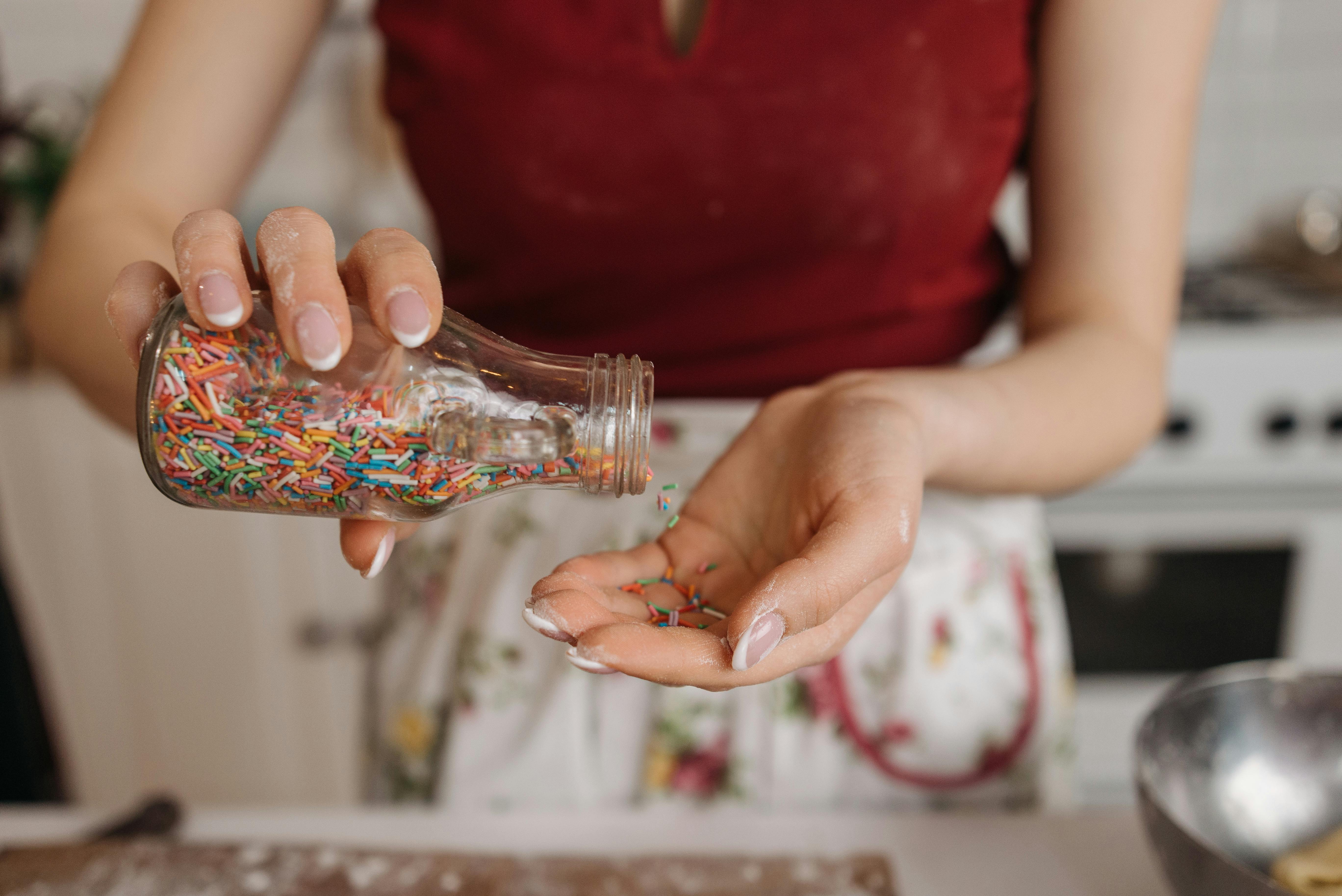Art Deco ceramics were created in a style that closely followed in the footsteps of Art Nouveau. It was created in France from 1910, spread throughout the world, and then lost influence with the start of World War II.
Art Deco was originally called modern Art Prayed decorative art. This has caused a lot of confusion in the United States because, when Americanized, the term translates to “modern art.” This label became a catch-all term covering a wide range of “modern” styles related to the machine age. Labels like “Modern Jazz” and “Modern Zig-Zag” were also common.
The term we use today, ART DECO, did not become popular until the 1960s. At the time, the style was called by the French terms Arte Moderne or Styles Moderne.
Here is a brief discussion related to 10 historical and stylistic influences on ART DECO CERAMICS.
- ARTISTIC POTTERY: Artistic pottery first developed in England as a reaction to the industrialization of the ceramic industry. Pottery was made both by individual potters and in specially set up studios by major manufacturers. Large, established potteries quickly adopted some form of craft. Dozens of potteries soon sprang up in the United States. The decoration was based on natural forms and the use of popular glazes such as matte green and turquoise.
- ART NOUVEAU: Art Nouveau reached its peak in the last decade of the 19th century and continued into the early years of the 20th century. It is known for its distinctive whiplash curves and flowing lines. These were derived from nature and the human figure.
- THE ARTS AND CRAFTS MOVEMENT: The Arts and Crafts Movement was a social and artistic reform movement of the 19th century. It had a great impact on attitudes towards craft work in England, Europe and the United States. As with Art Pottery, it developed as a reaction to the massive industrialization that occurred in the mid-18th century.
- BALLETS RUSSES: Beginning in 1909 in Paris, the Ballet Russes gained international influence. Set design and costumes directly influenced French Art Deco designs in all media. The ballet was known for its use of vibrant colors. It immediately transformed color schemes and strongly affected the decorative styles of the time.
- BAUHAUS: The Bauhaus was a school that provided instruction in design and architecture. It only existed between 1919 and 1933, but it has had a lasting influence on art deco ceramic. Bauhaus pottery featured clean, unadorned forms designed for maximum functional efficiency.
- CZECH CUBISM: Czech Cubism endowed small-scale household objects with the monumentality usually reserved for architecture or sculpture, a quality unique among functional ceramics. The style reflected the abstraction of French cubist paintings filtered through the bohemian ideology of a group of Czech architects.
- DE STIJL: Although the group of Dutch artists and architects that made up the De Stijl confederation were not known for ceramics, their style was influential. They were known for their pure geometric shapes and primary colors, the same attributes that helped define the modernist aesthetic.
- DISNEY CARTOON CHARACTERS: The first incarnation of Mickey Mouse appeared in 1927. In 1920, Paragon China (a Staffordshire company) announced that they had entered into an agreement with Walt Disney for the exclusive rights to put cartoon characters on their china . When their rights expired in the mid-1930s, various other companies began featuring the characters.
- FUTURISM: The Italian Futurist movement was founded in 1909. Originally a literary movement, it quickly attracted painters and evolved into an exciting approach to the arts of all kinds. The Futurists hoped to infiltrate middle-class homes with symbols that would transform lifestyles. They were known as much for their functional approach as for their sheer fantasies. They created tiles, tableware, and vases, and even planned a pottery pathway.
- THE RUSSIAN REVOLUTION: The first revolutionary porcelains were produced in Russia shortly after the October Revolution of 1917. Expensive to produce, the work was somewhat out of line with Soviet values. Ceramics are glamorized in the art world due to the direct involvement of seminal figures in early modern art such as Vasily Kandinsky.
From the brief discussion above, it’s easy to see why Art Deco pottery is so eclectic and glamorous. Many high-quality pieces have yet to find their way into private hands, so the work is highly collectible today.


